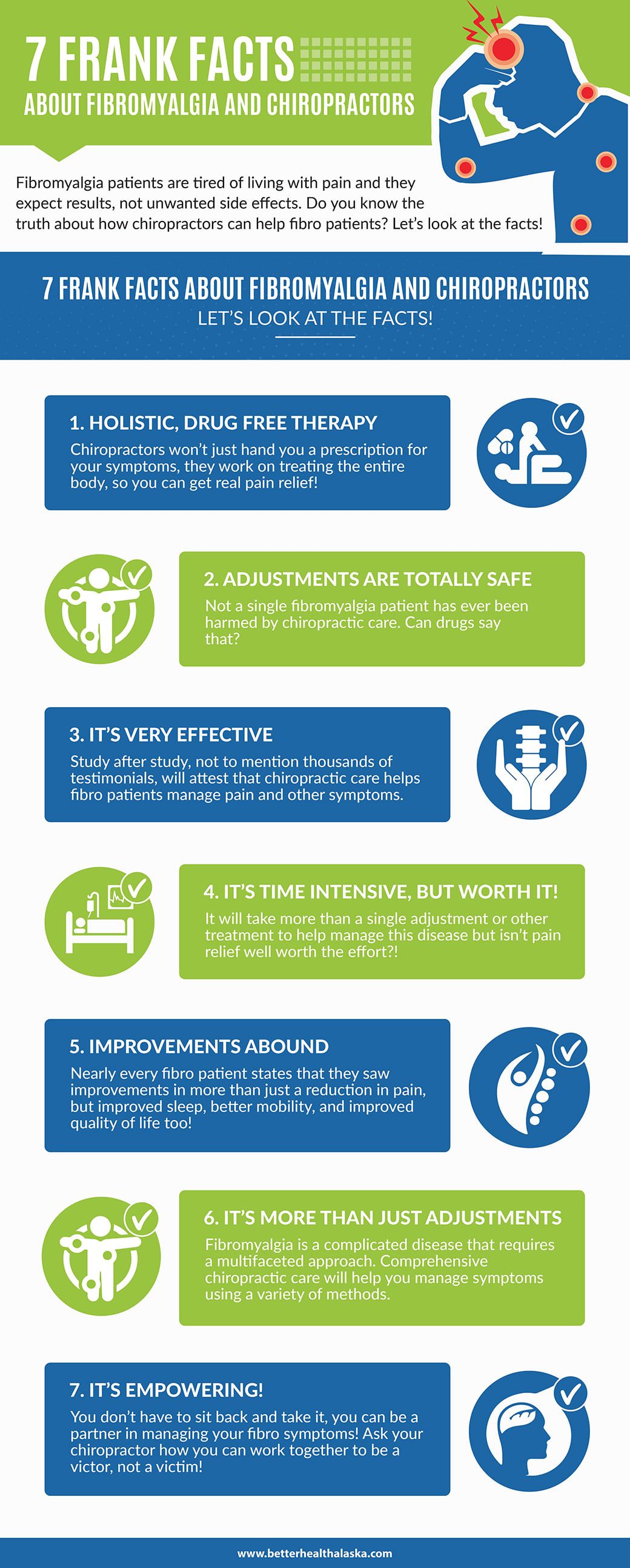Why Does Soft Tissue Treatment Pain? Recognizing The Process
Why Does Soft Tissue Treatment Pain? Recognizing The Process
Blog Article
Writer-Cleveland Feddersen
When you undergo soft Tissue treatment, you may locate it surprisingly uncomfortable. This discomfort develops as pressure is applied to tense muscle mass and broken tissues, causing your pain receptors. While it can feel stressful in the moment, there's a reason behind this feeling. Understanding what happens in your body during these therapies can aid you appreciate the process. So, exactly what is going on under https://www.google.com/maps/place/Return+to+Play+Institute,+LLC+(Miami)/@25.726017,-80.26406,17z/data=!3m1!4b1!4m6!3m5!1s0x88d9b7b4207e8303:0xb1493a6e0d5a272b!8m2!3d25.726017!4d-80.26406!16s%2Fg%2F11lf8185yp?hl=en&entry=ttu&g_ep=EgoyMDI0MTAwOS4wIKXMDSoASAFQAw%3D%3D ?
The Physiology of Pain During Soft Tissue Therapy
When you undertake soft Tissue therapy, your body's response to discomfort is a complicated interaction of physical procedures. As the specialist applies stress, your body activates discomfort receptors, sending out signals to your brain. This triggers the launch of neurotransmitters, such as material P and glutamate, which magnify the experience of pain.
Your muscles might also tighten in response, further making complex the experience. Furthermore, your body may release endorphins, all-natural painkillers that can assist reduce some discomfort.
The communication in between these procedures can create an unique experience for each individual. Comprehending this physiological response aids you navigate the sensations throughout treatment, allowing you to appreciate the balance between pain and the possibility for healing advantages.
The Function of Pain in the Recovery Process
Although pain throughout soft Tissue treatment can feel frustrating, it plays an essential role in the healing procedure. When you experience pain, your body is signifying that it's working to fix broken cells. This response aids enhance blood circulation to the affected location, delivering necessary nutrients and oxygen needed for healing.
Furthermore, discomfort can advertise the launch of endorphins, your body's natural painkillers, producing a feeling of alleviation post-treatment. Embracing this discomfort can aid you understand your body's limitations and motivate you to resolve underlying problems.
While it's unpleasant currently, this process is essential for long-lasting recovery and improved feature. Recognizing discomfort as a vital part of recovery can empower you to remain dedicated to your treatment.
Tips for Managing Discomfort Throughout and After Treatment
Managing discomfort throughout and after soft Tissue treatment can significantly boost your overall experience and recuperation.
To begin, connect freely with your specialist about your discomfort degrees; they can change methods appropriately. Using deep breathing strategies can additionally help you relax and ease discomfort.
Take into https://www.avantaje.ro/articol/dana-savuica-recuperare-complicata-dupa-operatia-de-urgenta-din-cauza-unei-hernii-de-disc applying ice to the cured location post-session to lower inflammation and numb discomfort. Remaining moisturized help in the healing process, so consume plenty of water.
Mild stretching and light movement after therapy can advertise blood flow and ease rigidity. Lastly, ensure you obtain sufficient rest to enable your body to heal.
Implementing these suggestions can make your soft Tissue treatment more convenient and enjoyable.
Final thought
Finally, while soft Tissue therapy can be unpleasant, it's vital to acknowledge that this pain plays a vital role in your recovery journey. By understanding the physiological responses at play, you can come close to the treatment with a much more favorable frame of mind. Remember, the preliminary pain often gives way to alleviation as your body releases endorphins. Embrace the procedure, and don't wait to utilize the suggestions for handling discomfort to boost your experience and recovery.
